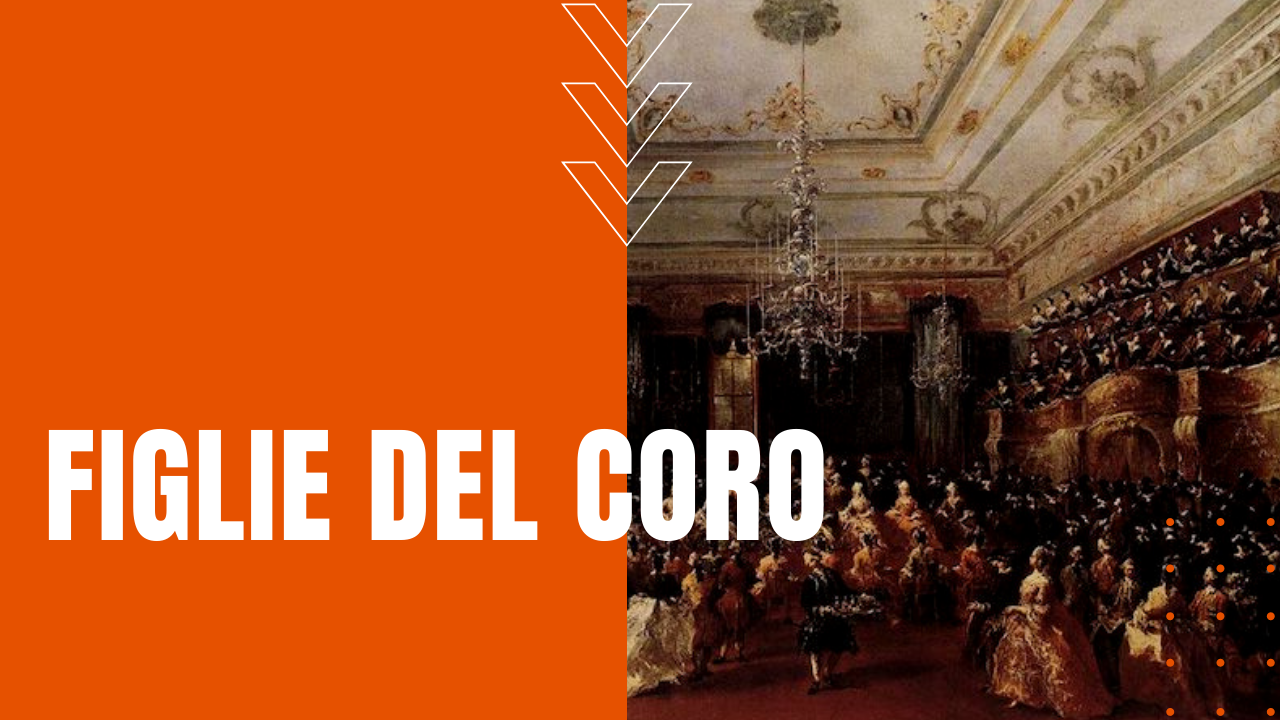Vivaldi and the Figlie Del Coro

No matter where a traveler to 17th century Venice turned an ear, they could hear music pouring out of churches and buildings, both day and night. Composers of the day seized on the skills of virtuoso singers and musicians, creating solos that pushed the boundaries of the best players’ abilities.
Venetian composer Antonio Vivaldi, known as il Prete Rosso or the Red Priest for his flaming red hair, became the form’s undisputed leader. Vivaldi’s creativity was facilitated by a particular group of musicians who could learn new music quickly on a staggering array of instruments.
Daughters of the Choir in Venice
Drawing acclaim from emperors, kings and princess, they were the all-female cast of orphans known as the figlie del coro, or “daughters of the choir.” “Only in Venice,” a prominent visitor wrote, “can one see these musical prodigies. They sing like angels, play the violin, the flute, the organ, the oboe, the cello. In short, no instrument is large enough to frighten them.”
An expense report that Vivaldi recorded in 1712 indicates that he spent twenty ducas on a violin for sixteen-year-old Anna Maria, who was the best of all the figlie, and an expenditure that equaled four months of Vivaldi’s income.
The fact that the women figlie sang and played behind thin crepe curtains drove many to frustration, including rebel philosopher Jean-Jacques Rousseau, who confessed that he was driven to despair, and when he finally got an audience with the figlie, he was horrified by their general deformity and disfigurement. “There was Sophia,” he wrote, “who was horrid, while Cattina had but one eye. Battina was entirely disfigured by smallpox, while scarcely one of the Figlie was without some striking defect.”
The girls and women who delighted delicate ears had not lived delicate lives. Many of their mothers worked in Venice’s vibrant sex industry, who then passed their syphilis infections on to their babies when they dropped them off at the Ospedale della Pieta or “hospital of pity,” where the girls subsequently grew up and mastered music.
After the plague of 1630 that wiped out one-third of the Italian population, Venetians found themselves in a “penitential mood,” as one historian put it, and when the Ospedali governors saw a rise in church attendance and donations because of the girl’s musical skills, the Figlie del coro skyrocketed to fame.
